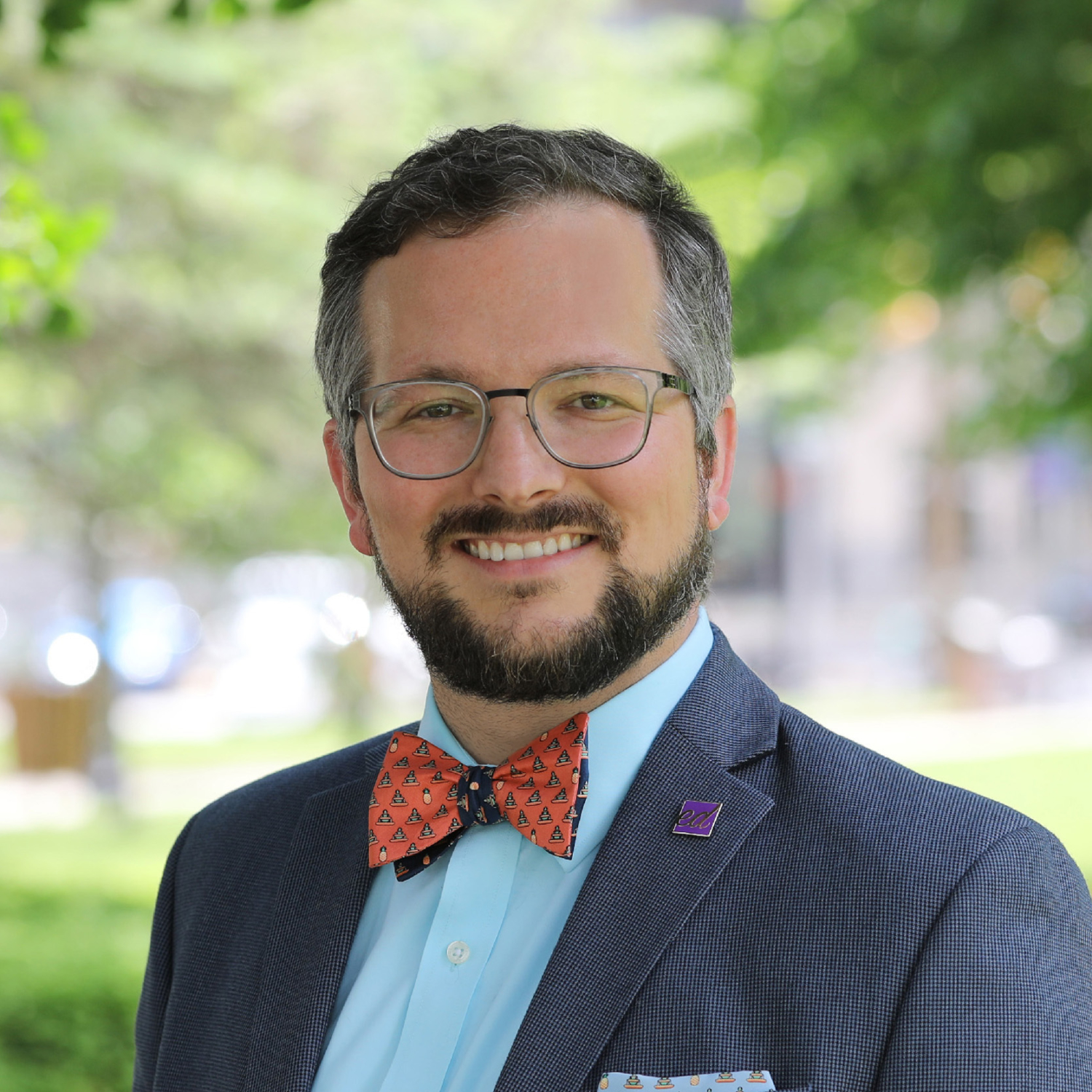Mapping Drive Times to Hope Scholarship-Accepting Private Schools in Florida
In many ways, Florida is at the top of the class when it comes to private schools and educational choice.
Florida has a lot of private schools. In fact, only California, Pennsylvania and Texas have more according to the most recent Private School Universe Survey (PSS) estimates. And when it comes to the number of voucher, tax-credit scholarship and education savings account (ESA) programs, only Arizona and Ohio have more.
Our new study with ExcelinEd shows existing Florida private schools have tens of thousands of open seats to spare, and there could be 125,000 or more open seats by 2024.
That’s great news for students who might participate in any of Florida’s four private educational choice programs. But how far might students need to travel to attend a qualifying private school?
Because it is reasonable to say that any student in any school could be a potential victim of bullying or violence, I thought it safe to assume that the Hope Scholarship Program could have the largest pool of eligible students statewide. With that, I decided to focus on where students lack reasonable access to a Hope Scholarship-accepting school.
Here’s the program participation breakdown for the 2,941 schools with a Florida address that I downloaded from the Florida Department of Education’s Private School Directory the other week:
| Program Registered | Number of Schools |
|---|---|
| All Four Programs | 801 |
| McKay/FTC/Gardiner | 712 |
| McKay/FTC | 232 |
| FTC Only | 140 |
| McKay/FTC/Hope | 69 |
| FTC/Gardiner | 65 |
| McKay/Gardiner | 57 |
| FTC/Hope | 32 |
| McKay Only | 26 |
| FTC/Gardiner/Hope | 21 |
| McKay/Gardiner/Hope | 8 |
| Gardiner Only | 7 |
| McKay/Hope | 0 |
| Gardiner/Hope | 0 |
| Hope Only | 0 |
| Non-Choice Schools | 771 |
McKay = John M. McKay Scholarships for Students with Disabilities Program
FTC = Florida Tax Credit Scholarship Program
Gardiner = Gardiner Scholarship Program
Nearly three-fourths of Florida private schools (74%) are registered to participate in at least one of the state’s four programs, and 43 percent of those schools (931 private schools) are registered to participate in the Hope Scholarship Program—what I’ll call Hope schools. Notably, no school registered solely to participate in Florida’s Hope Scholarship Program.
But where exactly are Hope schools located? Which communities have Hope schools, and which don’t? And how quickly can families in the Sunshine State transport their children to Hope schools?
The below Hope school drive-time map begins to answer some of those questions.

Here’s a quick breakdown of the data generated from an analysis of this Florida map (with the glaring blank spaces not being drivable according to my mapping software because: Everglades, bodies of water, etc.).
All Florida students in grades K–12:
- 45 percent live within a five-minute drive of at least one Hope school
- 79 percent live within a 10-minute drive of at least one Hope school
- 91 percent live within a 15-minute drive of at least one Hope school
- 96 percent live within a 20-minute drive of at least one Hope school
- 98 percent live within a 25-minute drive of at least one Hope school
- More than 36,000 students (1%) live 30 minutes or more from at least one Hope school
Families that, based on their income, would qualify for free or reduced-price lunch (conservatively assumes income less than $35,000 for a family of three):
- 49 percent live within a five-minute drive of at least one Hope school
- 80 percent live within a 10-minute drive of at least one Hope school
- 91 percent live within a 15-minute drive of at least one Hope school
- 96 percent live within a 20-minute drive of at least one Hope school
- 98 percent live within a 25-minute drive of at least one Hope school
- 14,655 income-eligible families (1%) live 30 minutes or more from at least one Hope school
Median incomes of households based on how far they live from a Hope school:
- $48,241 for those zero to five minutes from at least one Hope school
- $56,560 for those five to 10 minutes from at least one Hope school
- $61,616 for those 10 to 15 minutes from at least one Hope school
- $58,194 for those 15 to 20 minutes from at least one Hope school
- $54,994 for those 20 to 25 minutes from at least one Hope school
- $50,893 for those 25 to 30 minutes from at least one Hope school
It’s important to note that there are 1,239 private schools registered to participate in at least one of the other Florida educational choice programs but not the Hope Scholarship Program. And there are 771 private schools not registered to participate in any program. If more private schools decided to register for the program, the above map could easily change, bringing more students within shorter driving distances of participating private schools.
If we agree that more options are better than fewer, just imagine if all of the yellow and gray graduation caps in the map below opened their doors to Florida Hope Scholarship students who have been victims of bullying in their public schools.

If you would like to pitch new mapping projects to the EdChoice research team, email research@edchoice.org.




